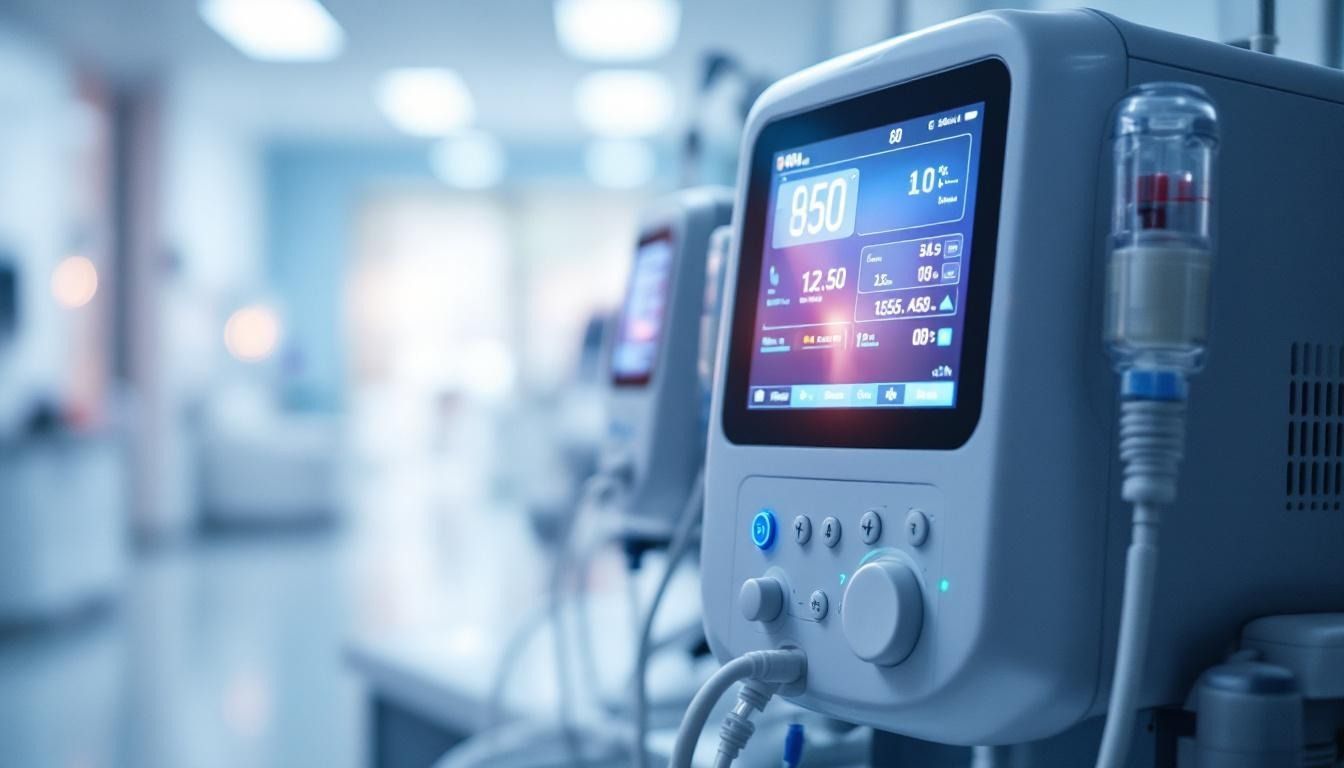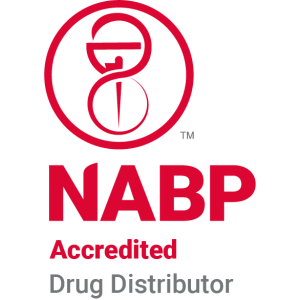Home infusion support for recovery

Introduction: Embracing Home-Based Care
As healthcare continues to evolve, home infusion therapy has emerged as a transformative approach to patient care, offering a quintessential balance of comfort and clinical efficacy. This innovative medical service allows individuals to receive intravenous or subcutaneous therapies directly in their homes, bypassing the need for prolonged hospital stays. Our exploration delves into the mechanics of home infusion therapy, highlighting its role in enhancing recovery, and providing insights into its operational and financial aspects.
Understanding Home Infusion Therapy

Basics of home infusion therapy
Home infusion therapy (HIT) is a method of delivering intravenous or subcutaneous medications, such as antivirals and immune globulin, directly to patients in their own homes. This therapy is especially vital for individuals who need continuous or long-term medication but may find hospital visits challenging due to mobility issues or other health concerns.
For effective home infusion therapy, specific equipment is necessary. This includes infusion pumps, which ensure that medications are delivered at the correct rate, along with other supplies like tubing and catheters. Additionally, the process is supported by trained nursing professionals who provide essential training and education to both patients and caregivers.
Can infusion therapy be done at home?
Yes, infusion therapy can indeed be performed at home. It allows patients to receive complex treatments while maintaining their daily activities in a less stressful environment. Professional nursing services are crucial in ensuring that patients and caregivers are properly trained in safe medication administration.
Coordination among various stakeholders—patients, healthcare providers, and home infusion pharmacies—is essential for the successful implementation of home infusion therapy. Furthermore, the 21st Century Cures Act has established Medicare coverage for certain professional services related to home infusion therapy, further improving access to these necessary treatments.
Types of therapies available
Home infusion therapy encompasses a wide array of treatment options for various conditions. Here are some common therapies:
| Therapy Type | Medications/Applications | Conditions Treated |
|---|---|---|
| Antibiotic therapy | IV antibiotics (e.g., Vancomycin) | Serious infections, including MRSA |
| Pain management | Infusions for chronic pain relief | Cancer-related pain, post-operative pain |
| Nutritional support | Total parenteral nutrition (TPN) | Patient unable to consume food |
| Hydration therapy | IV fluids | Prevention and treatment of dehydration |
| Immunotherapy | Immunoglobulin infusions | Immune system disorders |
| Chemotherapy | Infusions for cancer treatment | Various cancers, providing pain relief |
| Cardiac therapy | Inotropic medications | Heart failure, for improving heart function |
This comprehensive service not only facilitates recovery but also ensures that patients can stay in a familiar environment, enhancing their overall quality of life.
The Role of RNs in Home Infusion

What does a home infusion RN do?
A home infusion RN is key in delivering vital healthcare services directly in a patient’s home. Their primary responsibilities include administering medications or fluids intravenously, such as antibiotics or hydration solutions, while closely monitoring the patient's health throughout the treatment.
They also assess the patient’s medical history and home environment to ensure it supports a safe administration of therapies. Education is an essential component of their role; RNs train patients and their families on self-care techniques for managing treatments effectively, which can include recognizing side effects and proper infusion site care.
By fostering trusting relationships, home infusion nurses provide personalized care, leading to higher patient satisfaction and improved treatment outcomes. They coordinate with other healthcare providers, ensuring a comprehensive approach to patient care that adapts to each individual’s needs.
Continuous education and leveraging technology are vital for RNs in this field, keeping them abreast of the latest best practices and enhancing patient engagement.
Responsibilities of home infusion RNs, Patient education and care coordination
RNs in home infusion therapy hold a spectrum of responsibilities, including:
- Administering medications or fluids: Ensuring correct dosage and protocols to prevent complications.
- Patient monitoring: Observing symptoms and patient reactions to therapy, facilitating timely interventions.
- Education and training: Providing instructions on medication management, recognizing adverse effects, and proper usage of infusion equipment.
- Care coordination: Liaising among healthcare providers, pharmacists, and home health agencies to streamline patient care and address any complications or needs.
Financial Considerations and Eligibility

What are the guidelines and coverage for home infusion therapy under Medicare?
Home infusion therapy under Medicare allows patients to receive medically necessary intravenous or subcutaneous medications in their home, facilitated by professional services from accredited suppliers. Under the 21st Century Cures Act , which took effect on January 1, 2021, this benefit is incorporated into Medicare Part B . For coverage, patients must have a physician-established plan of care detailing the required services.
Typically, patients are responsible for 20% of the Medicare-approved amount for these home infusion services. Additionally, the Medicare Part B deductible applies to equipment and supplies needed for the therapy. It is critical that the home infusion suppliers comply with specific accreditation standards to ensure continuous patient support and effective therapy management.
What are the billing guidelines for home infusion therapy?
The billing for home infusion therapy is governed by the guidelines established in the 21st Century Cures Act as well. Billing must utilize specialty code D6 for claims to be accepted by Medicare. Agencies are authorized to bill Medicare Part B for professional nursing services, patient training, and remote monitoring, provided that they are accredited.
Payment is calculated based on the 2020 Medicare Physician Fee Schedule , which details the differing CPT codes assigned to both the initial and subsequent therapy visits. It's vital to thoroughly document the time spent delivering these services and to bill correctly using G-codes and medication J-codes to mitigate the risk of claim denials.
| Coverage Aspects | Details | Billing Codes |
|---|---|---|
| Medicare Coverage | Home infusion therapy under Medicare Part B | Specialty Code D6 |
| Physician's Plan Requirement | Must be established outlining necessary services | CPT codes for service billing |
| Patient Payment Responsibility | 20% of Medicare-approved amount, after deductible | Use G and J codes for medications |
| Accreditation | Suppliers must be accredited to receive Medicare payments | Compliance with the 2020 Fee Schedule |
This framework ensures that patients receive necessary care while maintaining cost transparency and financial predictability.
Common Therapies and Benefits

What are the most common home infusion therapies?
Common home infusion therapies encompass a variety of treatments aimed at managing different medical conditions. These include:
- Antimicrobial Therapies : Administered to combat infections, with drugs like Cefepime, Daptomycin, and Acyclovir effectively used in the regimen.
- Oncology Treatment : Chemotherapy agents such as Doxorubicin and Cisplatin are provided for patients undergoing cancer treatment.
- Hydration Therapy : Often utilizing solutions like 0.9% Sodium Chloride to treat dehydration and support overall health.
- Nutritional Support : Total Parenteral Nutrition (TPN) delivers essential nutrients directly into the bloodstream for those unable to consume food.
Organizations like Jefferson Home Infusion Service deliver these therapies at home, enhancing patient care and allowing individuals to maintain their quality of life during treatments.
Advantages over hospital-based care
Home infusion therapy provides numerous advantages over traditional inpatient care, making it a preferred option for many patients:
- Cost-Effectiveness : Reduces healthcare costs significantly compared to hospital stays, relieving financial burdens for both patients and providers.
- Comfort and Privacy : Patients receive medical treatments in the comfort of their own homes, which contributes to a less stressful recovery process.
- Independence : Allows patients to carry on with their daily lives while receiving necessary treatments, promoting a sense of autonomy.
- Personalized Care : A dedicated home infusion team—including nurses, pharmacists, and dietitians—manages individualized care plans, ensuring tailored support and ongoing communication with physicians.
This combination of therapies and benefits highlights the effectiveness of home infusion therapy as a viable alternative to conventional hospital treatment.
Challenges and Considerations

What are the disadvantages of home infusion therapy?
Home infusion therapy presents several challenges that need careful evaluation. One major concern is the home environment, which must be kept meticulously clean to prevent infections. Maintaining such a standard can be quite challenging for many patients and caregivers.
Moreover, patients and caregivers need extensive training to safely administer the therapy and care for equipment. They also require a secure location to store medications and necessary supplies, which may not be feasible in all homes.
In certain cases, home infusion may not suit all patients. For individuals with high-risk medications or unstable health conditions, closer medical supervision might be required, which complicates the home therapy option.
Finally, continuous monitoring of the patient's condition is crucial. This often requires regular visits from healthcare professionals, adding complexity and potential logistical challenges to the home infusion process.
Conclusion: Paving the Way for Patient-Centric Care
As the boundaries of traditional healthcare expand, home infusion therapy symbolizes a shift towards more patient-centric models that prioritize comfort and empowerment. By leveraging the advancements in medical technology and telehealth, home infusion not only improves clinical outcomes but also significantly enhances quality-of-life for patients who seek the autonomy of home-based recovery. As more individuals consider this option, understanding the intricacies of this treatment modality becomes crucial in making informed healthcare decisions.
References
- Home Infusion Therapy/Home IVIG Services - CMS
- Home infusion therapy | Home care providers | NHIA
- What is Home Infusion | Compassus
- Home infusion
- Home Infusion Therapy Services - Infudyne - We Improve Your ...
- What Is Home Infusion Therapy? - WeInfuse
- Home Infusion Services - ADVance Care Pharmacy
- Infusion Therapy: Healthcare at Home | Allegheny Health Network
- Home Infusion Therapy | Home Care - Banner Health
- McLaren Health Care Home Infusion Services













